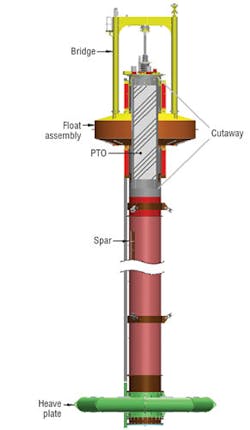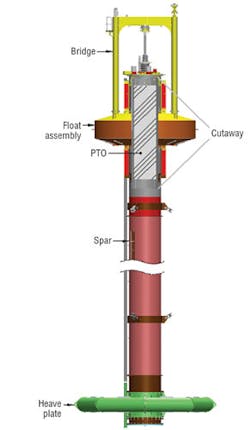OPT advances ocean wave-based power generation and management technology
Ocean Power Technologies’ (OPT) proprietary PowerBuoy technology is based on a modular and scalable design and has undergone and continues to undergo periodic full-scale ocean performance validation. The company specializes in advanced, cost-effective, and environmentally-sound ocean wave-based power generation and management technology. The PowerBuoy system integrates patented technologies in hydrodynamics, electronics, power conversion and energy storage, and intelligent computer control systems to maximize the extraction and conversion of the natural energy in ocean waves. The result is an ocean-tested, proprietary power conversion and management system that turns wave power into reliable, clean, and environmentally beneficial electricity for offshore applications.
OPT maintains its leadership status in wave energy-based renewable energy through research and development and technical advancements. It actively participates with other companies in the offshore and renewable industries to advance and accelerate the commercialization of this promising and enabling technology.
Present incumbent solutions for applications that require persistent, long-term operation and/or require significant power are limited and costly. The PowerBuoy with its scalable, onboard battery system can act as an offshore uninterruptible power supply (UPS) providing continuous power output.
The PowerBuoy consists of a float, spar, and heave plate. The float moves up and down the spar in response to the motion of the waves. The heave plate maintains the spar in a relatively stationary position. The relative motion of the float with respect to the spar drives a mechanical system contained in the spar that converts the linear motion of the float into a rotary one. The rotary motion drives electrical generators that produce electricity for the payload or for export to nearby marine applications using a submarine electrical cable. This high performance wave energy conversion system generates power even in moderate wave environments.
The PowerBuoy’s power conversion and control systems provide continuous power for these applications under the most challenging marine conditions. The spar contains space for additional battery capacity if required to ensure power is provided to a given application even under extended no wave conditions.
The system portfolio includes two power output ranges: up to 3 kW and up to 15 kW.

